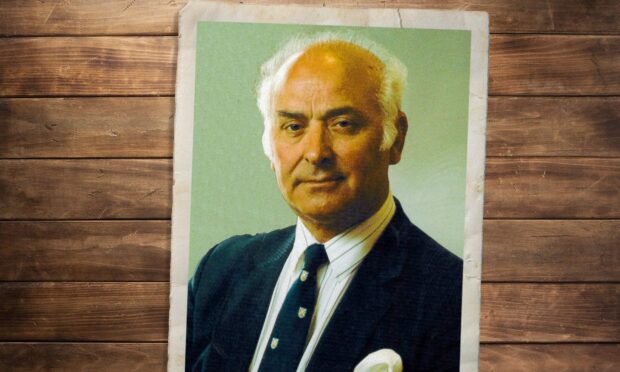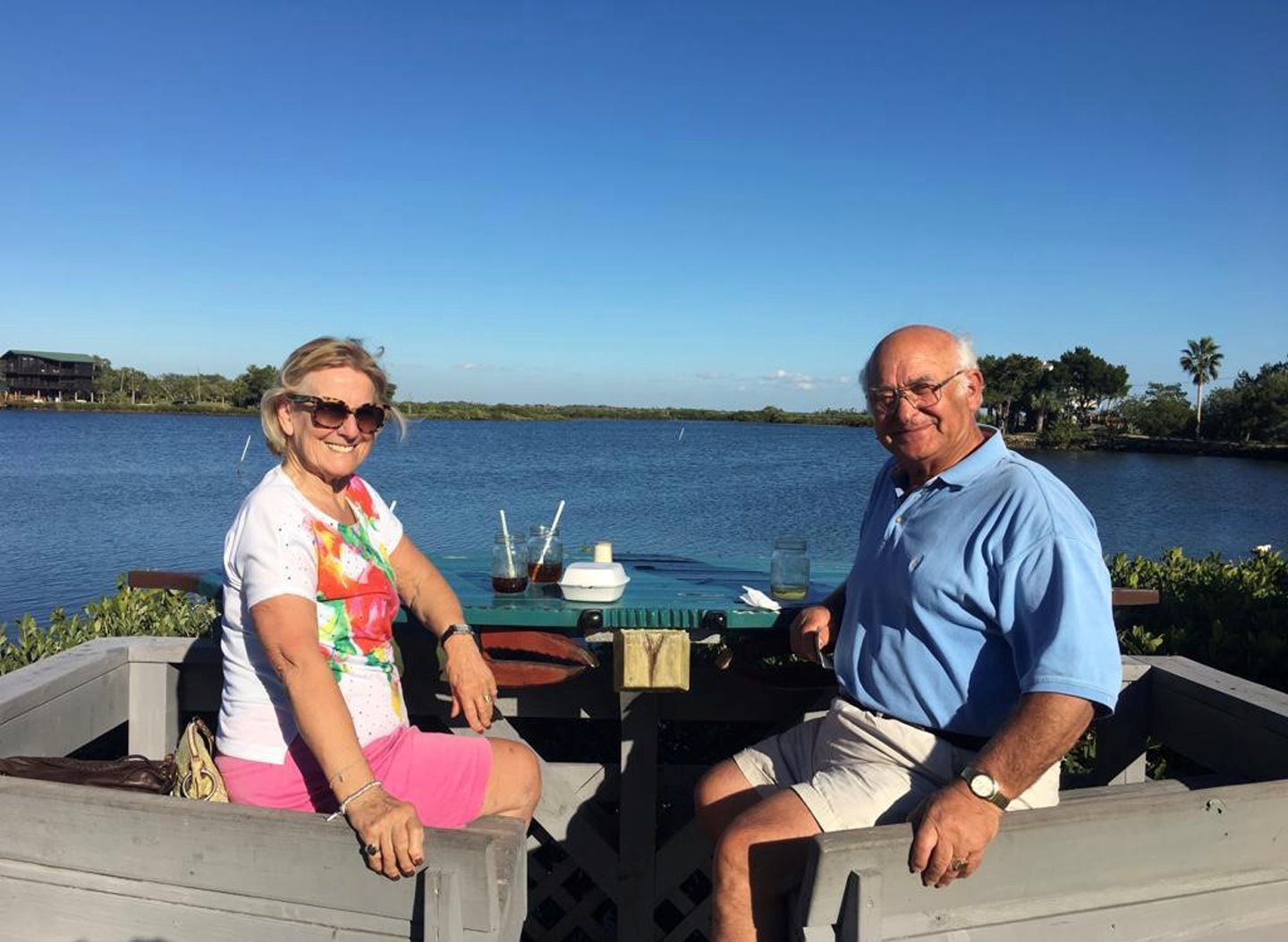Carlo Di Nardo grew up within earshot of the Battle of Monte Cassino and went on to become one of Scotland’s most prominent structural engineers.
From his Aberdeen office he was involved in major design projects in and around the city including at His Majesty’s Theatre, Tait’s papermill, Inverurie, The Press and Journal’s former premises at Lang Stracht, and the renovation of Gilcomston Church in Union Street.
Carlo, who died the day after his 83rd birthday, designed Chevron’s Aberdeen headquarters, oversaw the refurbishment of Fort George, parts of the M74 and worked on many international projects.
International profile
His firm, Dinardo & Partners employed 130 at its peak and had offices in Paisley, London, Bristol as well as Aberdeen, other parts of of Scotland, Hong Kong and joint ventures in Singapore.
Carlo’s early experiences in wartime Italy shaped the rest of his life, his engineer daughter, Karen Dinardo, said.
He was the first of Nicandro and Rosaria’s nine children and was born just before the start of the Second World War in the village of Ceppagna south of Rome.
It was an area rich in heritage, fertile soil and olive groves in what is now Italy’s National Olive Park.
War years
The Battle of Monte Cassino, which ran for nine brutal months, took place over the hill from Carlo’s village.
After the war, Carlo’s father was asked by his brother to help manage the shop floor at Askey’s ice-cream wafer factory in Airdrie.
In 1950, the family travelled by train from Italy to Scotland and Carlo started school at St Patrick’s in Coatbridge before moving on to technical college.
Career begins
His first engineering job was at Square Grip in Glasgow after being called to a mechanical engineering traineeship in London but it was structural engineering he always wanted to do.
He continued his studies in subjects including maths at Strathclyde University, rose through the company and was soon managing a large team.
It was while working in the Glasgow firm Carlo met his future wife, Irene, while they were both 18.
He spotted her through the office window and knew he was the one for her. She supported Carlo through his career and together raised their family of Karen, Mark and Lorraine.
Courting revolved around his Lambretta scooter and the couple married in St Aloysius’ Church, Glasgow, in August, 1962.
By 1965, Carlo had become a Chartered Civil and Structural Engineer and, in 1969, founded his own practice.
He became a Charted Highways Engineer and was elevated to a Fellow of the Institutions of Structural and Civil Engineers at the young age of 37.
Aberdeen expansion
Dinardo & Partners flourished and Carlo had moved into Aberdeen before the oil boom started.
Together with the architects Jenkins & Marr, Carlo designed Chevron’s Aberdeen headquarters, in granite, and the distinctive Dalian House in Glasgow for Scottish Legal Life and Strathclyde Regional Council.
He placed great value on conservation and worked on the refurbishment of Fort George and was the engineer in charge of His Majesty’s Theatre, Aberdeen, for 30 years over two refurbishments and the extension, with Aberdeen City Council architects.
When Aberdeen Journals came to install a press extension at Lang Stracht, it was Carlo who was called in, and over many years he, and daughter Karen, formed a close working relationship with the firm and its chief engineer Ian Coull on many structural projects.
Expertise
He was also at the forefront of research into modern concrete building technology, and was health and safety planner on the removal of asbestos and the vaulted concrete roofs of the John Dewar whisky bottling plant at Perth, then the structural engineer designer for the headquarters of Scottish and Southern Energy.
Although he considered himself to be contactable for work at all times, Carlo was a passionate golfer who was a keen club member and played in Aberdeen, Glasgow, Florida and Britain’s top courses. He enjoyed his friendships forged on the fairway.
He loved crosswords, a good whisky, family holidays with his grandchildren and country and western music.
Arts
Karen said: “Dad loved art and was a regular frequenter and supporter of the Glasgow annual art exhibition at the McLellan Gallery, a member of the Royal Glasgow Institute of the Fine Arts and the Paisley Art Institute.
“He took up painting evening classes as his work permitted and had a passion for researching his Italian roots and family tree, and hosted American relatives in Italy, leading family historical tours, and visited the family picnic reunions in Pennsylvania and Florida.
“Dad was still working when he died and had just returned from Florida with Mum, their first return trip after the pandemic.”


Conversation